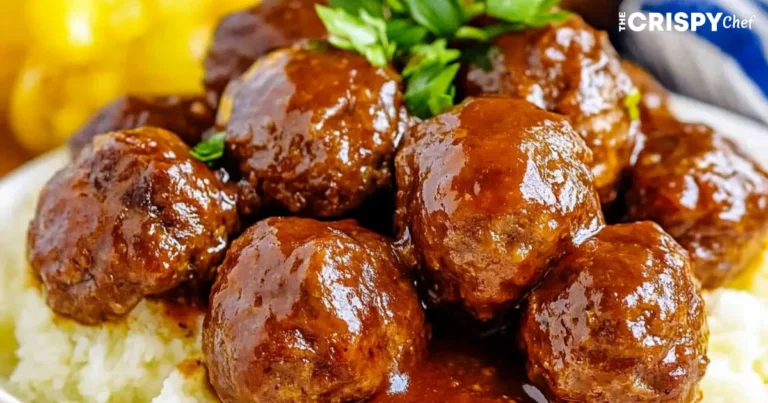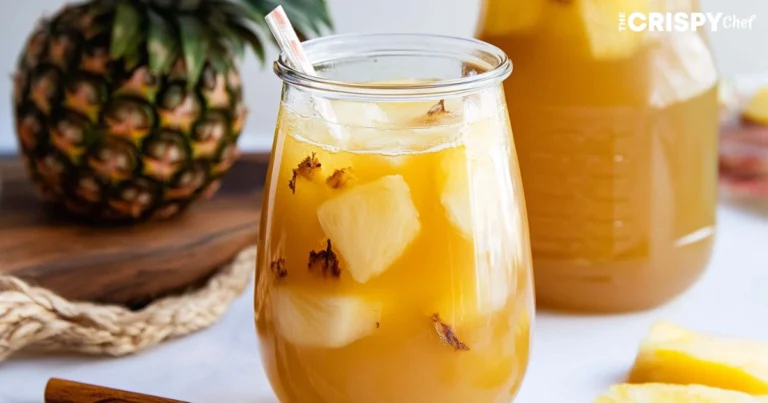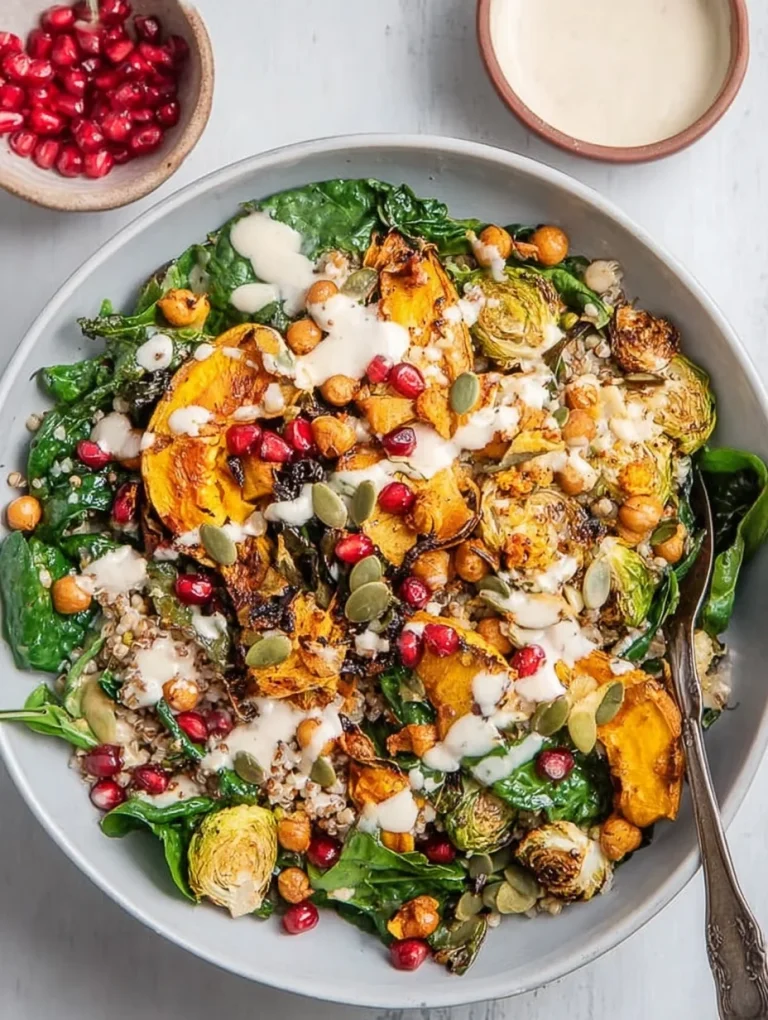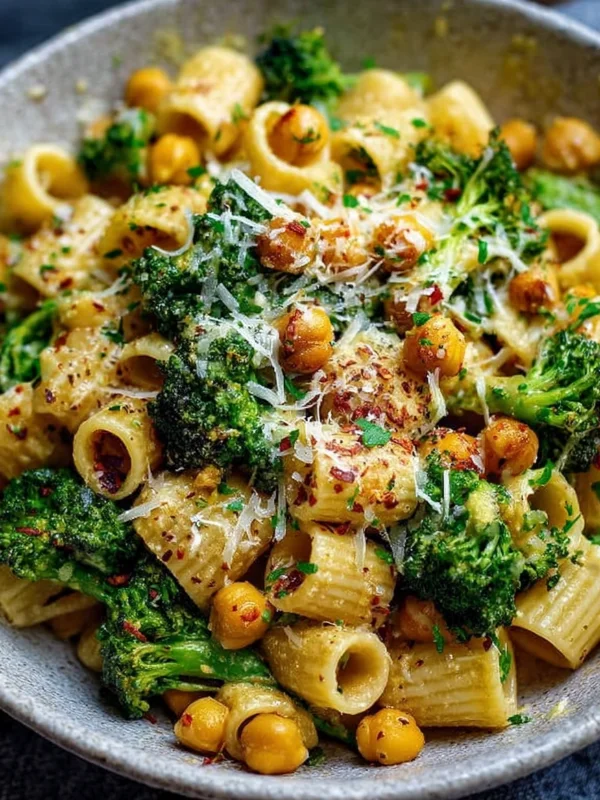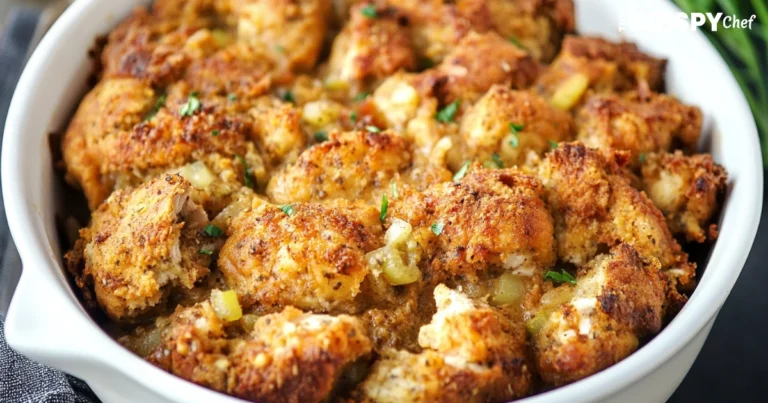Roasting is the easiest and most flavorful way to cook root vegetables. The high heat of the oven draws out the natural sugars, creating a delicious caramelization that results in a tender interior and irresistible golden-brown edges.1 This master recipe for perfectly caramelized roasted root vegetables is incredibly simple, relying only on olive oil, fresh herbs, and high heat to create a deeply savory and naturally sweet side dish.
This recipe is the perfect, stress-free side for any meal, from a weeknight roast chicken to a holiday centerpiece. The key is uniform chopping and giving the vegetables space in the oven.2 Once you master this simple method, you’ll find yourself roasting every vegetable in your kitchen for that wonderful, crispy-tender texture.
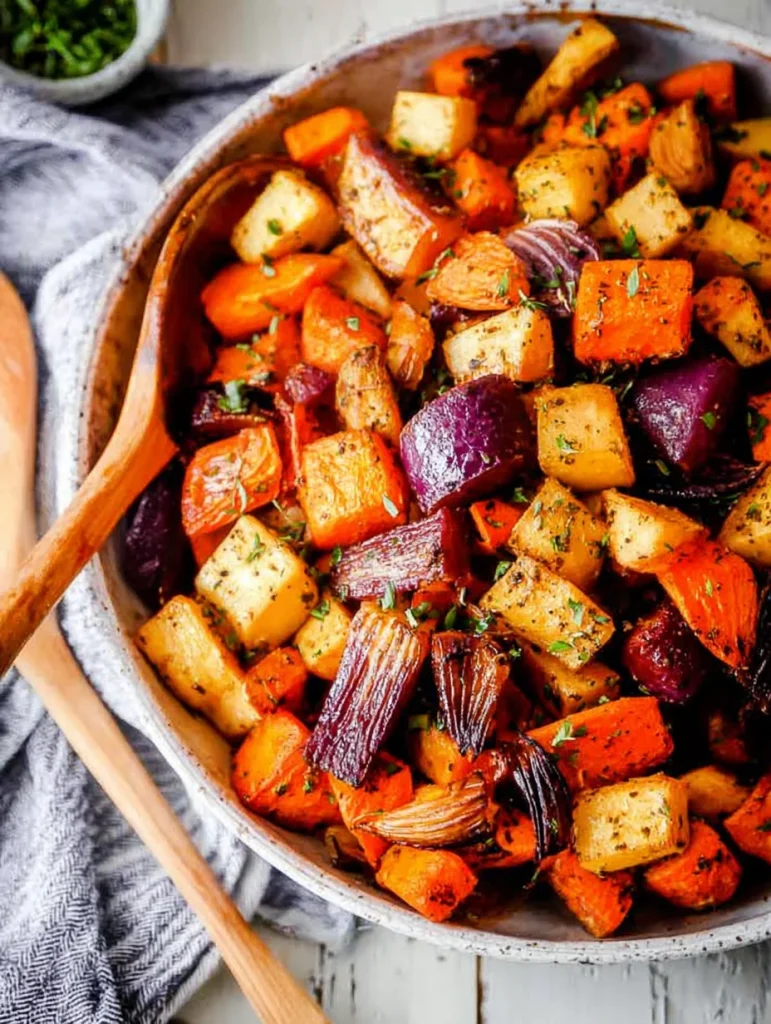
Why You’ll Love This Recipe
- Intense Natural Sweetness: High-heat roasting caramelizes the starches, enhancing the sweetness of the carrots, sweet potatoes, and parsnips.
- Crispy-Tender Texture: The exterior gets delightfully brown and crisp, while the inside stays soft and creamy.
- One-Pan Simplicity: Minimal hands-on time—just chop, toss, and let the oven do the work.
- Nutrient Dense: Root vegetables are packed with fiber, vitamins, and minerals, making this a healthy and satisfying addition to any plate.
- Versatile Flavor: The simple blend of garlic and herbs pairs well with nearly any protein or cuisine.
Ingredients
- 3 cups (450 g) carrots, peeled and cut into 1-inch (2.5 cm) chunks
- 2 cups (300 g) parsnips, peeled and cut into 1-inch (2.5 cm) chunks
- 2 cups (300 g) sweet potatoes, peeled and cut into 1-inch (2.5 cm) cubes
- 2 cups (300 g) Yukon Gold or red potatoes, scrubbed and cut into 1-inch (2.5 cm) cubes
- 4 cloves garlic, left whole with skin on (or minced, see tip below)
- 4 tbsp (60 ml) extra virgin olive oil
- 1 tbsp chopped fresh rosemary
- 1 tsp dried thyme (or 1 tbsp fresh thyme leaves)
- 1 tsp Kosher salt, or to taste
- 1/2 tsp black pepper
Equipment
- Two large, rimmed baking sheets (crucial for a single layer)
- Large mixing bowl
- Knife and cutting board
- Measuring cups and spoons
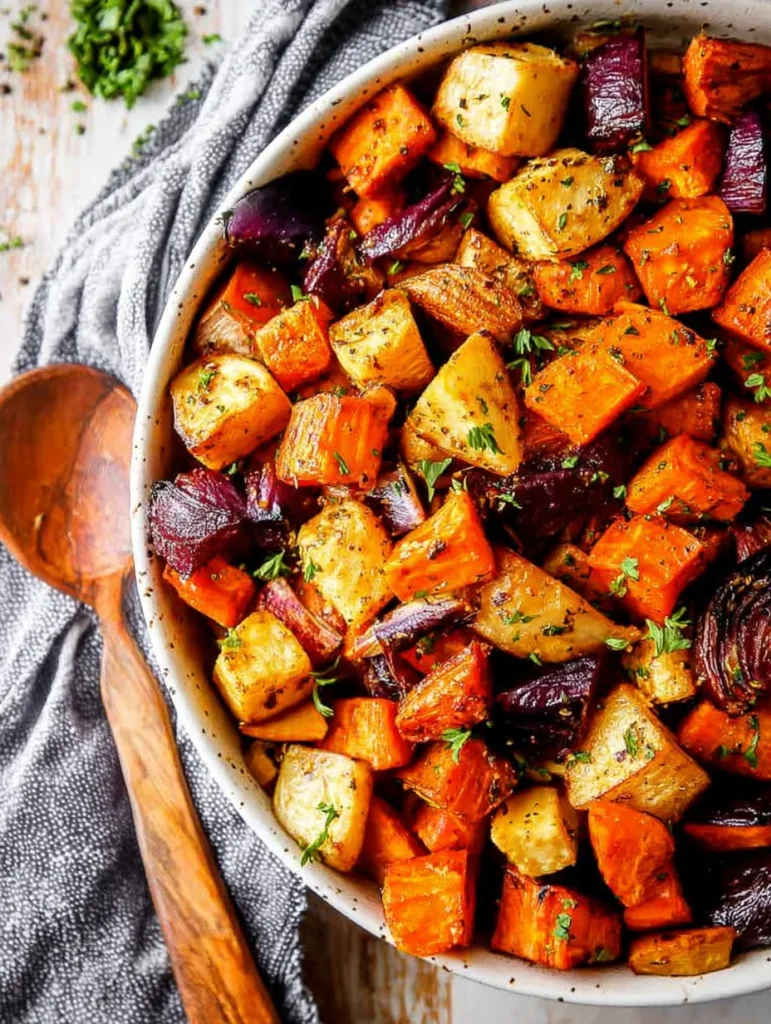
Step-by-Step Instructions
- Prep the Oven and Vegetables: Preheat your oven to 425°F (220°C).3 Wash and chop all the root vegetables into uniform 1-inch (2.5 cm) chunks. Uniform size is essential for even cooking.
- Toss and Season: Place all the chopped vegetables and the whole garlic cloves into a large mixing bowl. Drizzle with the olive oil. Sprinkle with the rosemary, thyme, salt, and pepper. Toss thoroughly with your hands or a large spoon until every piece is evenly coated.
- Arrange for Roasting (Do Not Crowd!): Divide the seasoned vegetables evenly between two large baking sheets. This step is critical—the vegetables must be spread out in a single layer without touching. If they are crowded, they will steam instead of roast, and they will turn soggy.
- Bake and Flip: Place the baking sheets in the oven (ideally on two separate racks). Roast for 20 minutes. Using a metal spatula, carefully flip the vegetables to ensure even browning.
- Finish Roasting: Return the trays to the oven for another 15–20 minutes.4 The vegetables are done when they are fork-tender and have developed deep golden-brown, caramelized spots around the edges.
- Serve: Remove the whole garlic cloves (or squeeze the roasted garlic from its skin). Taste and adjust seasoning if necessary. Serve hot.
Substitutions and Variations
- Vegetable Swap: You can substitute any of the roots with parsnips, celery root, beets (roast red beets separately to avoid coloring all the other vegetables), or butternut squash.
- Glaze: For a sweet and tangy finish, toss the roasted vegetables with 2 tablespoons of balsamic vinegar and 1 tablespoon of maple syrup immediately after removing them from the oven.
- Spices: Add 1/2 tsp of smoked paprika or 1/4 tsp of crushed red pepper flakes to the oil mixture for a savory or spicy kick.
- Aromatics: For maximum garlic flavor without burning, use whole, unpeeled garlic cloves in the initial toss (as instructed). The gentle heat turns the garlic into a soft, buttery spread you can mix in at the end.
Pro Tips and Common Mistakes to Avoid
- Keep Sizes Uniform: The difference in cooking time between carrots and potatoes is subtle, but keeping the pieces the same size helps them finish at the same time and look better on the plate.5
- Roast High, Roast Naked: Roast at a high temperature and do not cover the pan with foil. Foil traps moisture and steams the vegetables, preventing the desired caramelization and crispness.
- The Room Temperature Trick: If you have time, let the chopped vegetables sit at room temperature for 15–20 minutes before tossing with oil and roasting. This small step can promote better crisping.
- Re-Crisp Leftovers: Cooked roasted vegetables lose their crispness when stored. To revive them, reheat them on a baking sheet at 425°F (220°C) for 5–10 minutes.
Storage, Make-Ahead, and Reheating
- Make-Ahead (Pre-Chopped): You can peel and chop all the root vegetables up to 2 days in advance.6 Store them in an airtight container in the refrigerator.
- Storage (Leftovers): Store leftovers in an airtight container in the refrigerator for up to 4 days.7
- Freezing: Roasted root vegetables can be frozen.8 Cool them completely, place them on a baking sheet to freeze, and then transfer to a freezer bag. They can be frozen for up to 3 months.
- Reheating: Reheat in a 425°F (220°C) oven or a toaster oven for 8–10 minutes until sizzling and crisp.
Serving Suggestions
These roasted vegetables make a hearty side dish for almost anything. Serve them alongside a grilled steak, simple roasted chicken, or a holiday ham. For a vegetarian main course, toss the warm vegetables with a handful of arugula and a light dusting of Parmesan cheese or crumbled goat cheese.
Approximate Nutrition
- Yields: 6 servings
- Serving Size: Approximately 1 cup
- Calories: 190 kcal
- Protein: 3 g
- Fat: 9 g
- Carbohydrates: 25 g
Note: These are approximations and can vary based on the specific type of potatoes and the amount of oil used.
FAQs
Q: Do I need to peel the potatoes and carrots?
A: Peeling is optional for carrots and standard potatoes (like Yukon Gold or Russet).9 As long as you scrub them well, the skins are nutritious and add a nice rustic flavor. Sweet potatoes, however, are best peeled.
Q: Can I use dried herbs instead of fresh?
A: Yes. For woody herbs like rosemary and thyme, the general rule is to use one-third the amount of dried herbs as fresh. So, 1 tablespoon of fresh herbs would equal 1 teaspoon of dried herbs.
Q: Can I use one baking sheet?
A: We strongly recommend using two baking sheets for this amount of vegetables. If you crowd them onto one sheet, the vegetables will trap steam and will not roast properly, leading to soft, watery results instead of crispy, caramelized ones.10
Q: What is the benefit of adding garlic whole?
A: Adding whole, unpeeled garlic cloves prevents the garlic from burning, which can happen easily at high heat.11 The cloves roast inside their skin, turning sweet and soft. You can then squeeze the roasted garlic out and mash it into the warm vegetables before serving.
Q: Why do my potatoes stick to the pan?
A: Potatoes stick if the pan is not hot enough, or if the oil coating is uneven. Ensure the oil is generously applied and the oven is fully preheated. Lining the sheets with parchment paper also guarantees a stick-free experience.
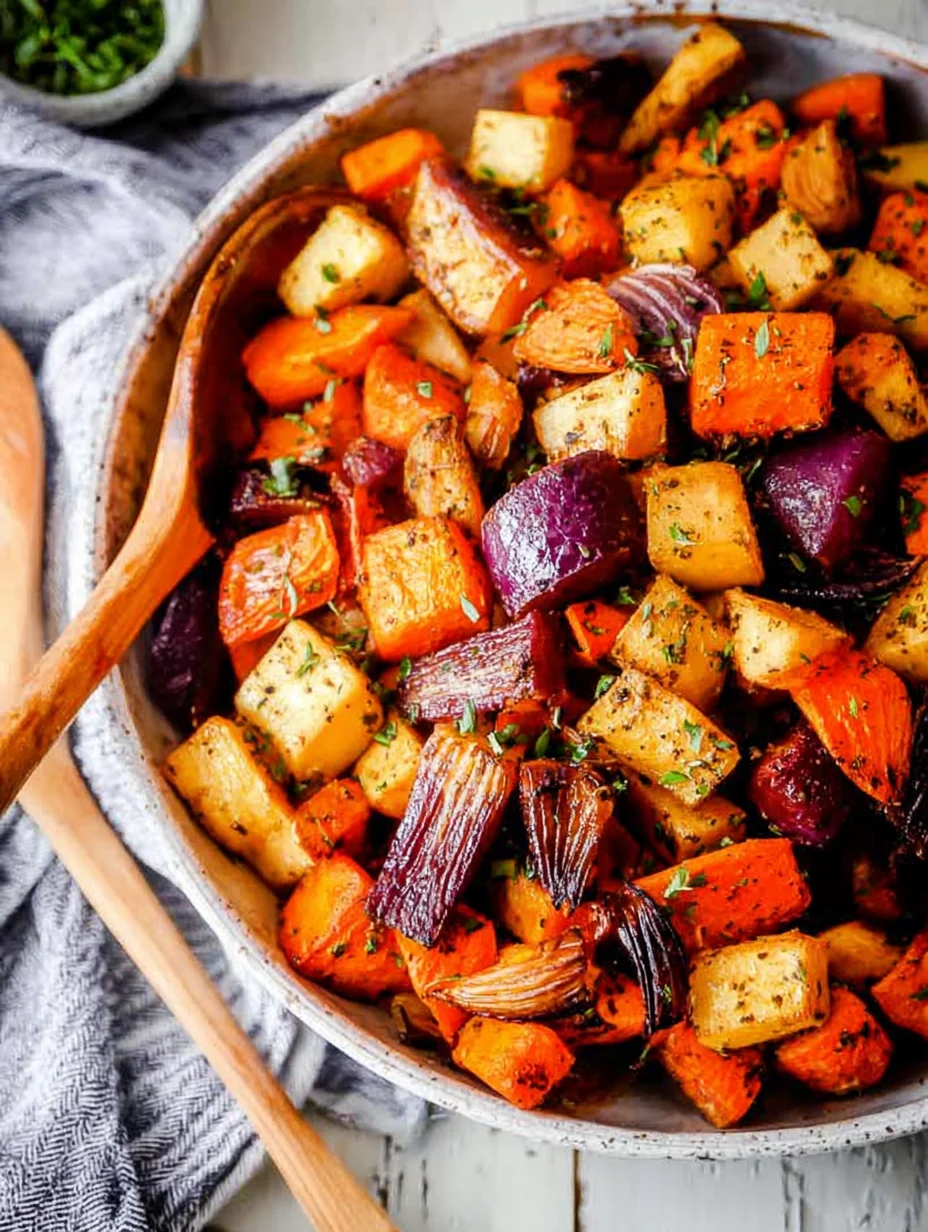
Perfectly Caramelized Roasted Root Vegetables
Equipment
- Two large rimmed baking sheets
- Large mixing bowl
- Knife and cutting board
- Measuring cups and spoons
- Metal spatula
Ingredients
- 3 cups carrots, peeled and cut into 1-inch chunks
- 2 cups parsnips, peeled and cut into 1-inch chunks
- 2 cups sweet potatoes, peeled and cubed
- 2 cups Yukon Gold or red potatoes, cubed
- 4 cloves garlic, left whole with skin on
- 4 tbsp extra virgin olive oil
- 1 tbsp chopped fresh rosemary
- 1 tsp dried thyme (or 1 tbsp fresh thyme)
- 1 tsp Kosher salt, or to taste
- 1/2 tsp black pepper
Instructions
- Preheat oven to 425°F (220°C). Wash, peel, and chop all root vegetables into uniform 1-inch chunks for even cooking.
- In a large bowl, combine the chopped vegetables and garlic. Drizzle with olive oil and add rosemary, thyme, salt, and pepper. Toss until evenly coated.
- Spread vegetables in a single layer on two large rimmed baking sheets. Avoid crowding to ensure proper roasting.
- Roast for 20 minutes, then flip vegetables with a spatula. Continue roasting another 15–20 minutes until golden brown and tender.
- Remove the garlic cloves. Squeeze out the soft roasted garlic and mix into the vegetables if desired. Serve immediately while hot.

